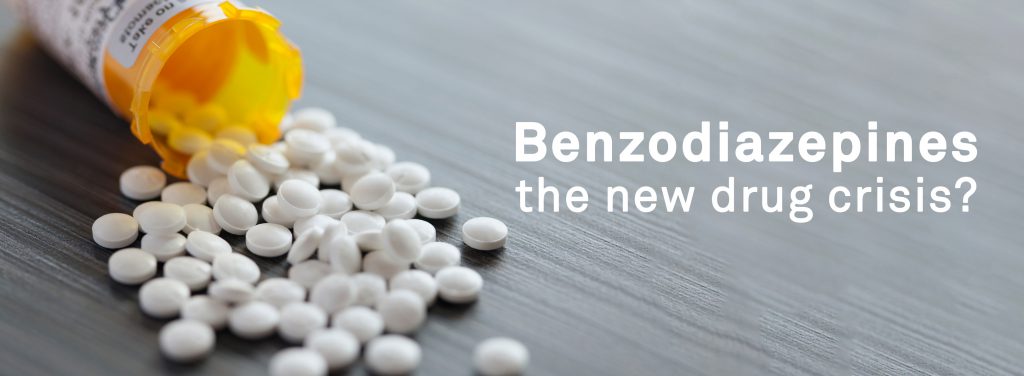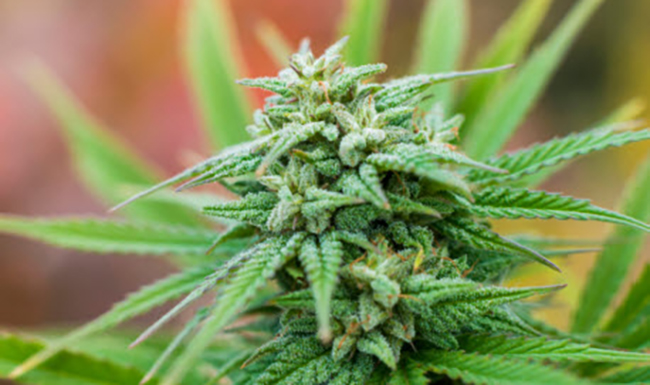 While our country faces the harsh realities of the opioid epidemic, benzodiazepines are also emerging as popular drugs of abuse. Bloomberg dubbed benzodiazepines, sometimes called “benzos,” as American’s next big drug problem, citing that prescriptions have increased nearly 70% this century. Last month, the National Institute on Drug Abuse (NIDA) reported that more than 30% of opioid overdoses also involve benzodiazepines.
While our country faces the harsh realities of the opioid epidemic, benzodiazepines are also emerging as popular drugs of abuse. Bloomberg dubbed benzodiazepines, sometimes called “benzos,” as American’s next big drug problem, citing that prescriptions have increased nearly 70% this century. Last month, the National Institute on Drug Abuse (NIDA) reported that more than 30% of opioid overdoses also involve benzodiazepines.
These drugs are not opioids. Doctors prescribe benzodiazepines like Xanax, Valium, and Klonopin to treat anxiety, seizures, and insomnia. If taken over time, people can develop a tolerance to these sedatives, introducing the potential for symptoms like panic attacks to worsen, The Chicago Tribune.
Benzodiazepine prescriptions have been steadily climbing over the past 2 decades. Dr. Anna Lembke, associate professor of psychiatry and behavioral sciences with the Stanford University School of Medicine, is studying the relationship between prescription drugs and addiction and published her latest findings in the New England Journal of Medicine.
She said, “These are highly addictive and potentially lethal drugs, and many people don’t know that. Sadly, most physicians are also unaware of this and blithely prescribe them without educating their patients about the risk of addiction.” The data showed that overdoses involving benzodiazepines multiplied 7-fold between 1999 and 2015, increasing from 1,135 to 8,791 deaths. Dr. Lembke advises working with a physician to taper off long-term benzodiazepine use in a safe way.
Patient education and awareness about the proper use of benzodiazepines can help to prevent future substance-use disorders. Physicians, law enforcement, and lawmakers also continue to examine trends, study health data, patrol the illicit drug trade, and monitor overprescribing.
To learn more about drug testing, visit our website.
 Your Privacy Choices
|
Privacy Notices
|
Terms
|
Language Assistance / Non-Discrimination Notice | Asistencia de Idiomas / Aviso de no Discriminación | 語言協助 / 不䈚視通知
Your Privacy Choices
|
Privacy Notices
|
Terms
|
Language Assistance / Non-Discrimination Notice | Asistencia de Idiomas / Aviso de no Discriminación | 語言協助 / 不䈚視通知


















These drugs are not opioids. Doctors prescribe benzodiazepines like Xanax, Valium, and Klonopin to treat anxiety, seizures, and insomnia. If taken over time, people can develop a tolerance to these sedatives, introducing the potential for symptoms like panic attacks to worsen, The Chicago Tribune.
Benzodiazepine prescriptions have been steadily climbing over the past 2 decades. Dr. Anna Lembke, associate professor of psychiatry and behavioral sciences with the Stanford University School of Medicine, is studying the relationship between prescription drugs and addiction and published her latest findings in the New England Journal of Medicine.
She said, “These are highly addictive and potentially lethal drugs, and many people don’t know that. Sadly, most physicians are also unaware of this and blithely prescribe them without educating their patients about the risk of addiction.” The data showed that overdoses involving benzodiazepines multiplied 7-fold between 1999 and 2015, increasing from 1,135 to 8,791 deaths. Dr. Lembke advises working with a physician to taper off long-term benzodiazepine use in a safe way.
Patient education and awareness about the proper use of benzodiazepines can help to prevent future substance-use disorders. Physicians, law enforcement, and lawmakers also continue to examine trends, study health data, patrol the illicit drug trade, and monitor overprescribing.
To learn more about drug testing, visit our website.